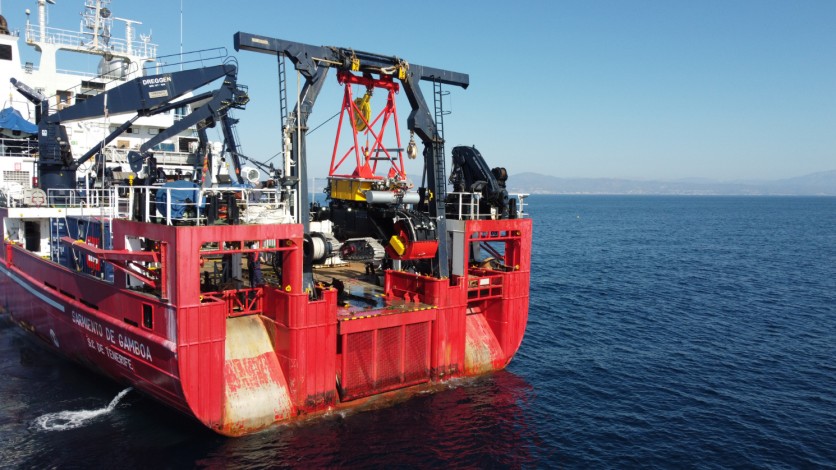The bottom of the ocean is brimming with various valuable metals such as copper, cobalt, manganese, and nickel - which are all essential in speeding up the world's energy transition.
However, harvesting them is not an easy feat since they lie miles below the surface. More importantly, it is challenging to do so without disrupting the seafloor's ecology. Such mining operations can release sediment plumes that disrupt food webs.
But now, a new collector that can harvest these nodules from the deep sea floor while causing the least amount of environmental disruption has been devised and is currently being tested by a partnership between five European nations known as "Blue Harvesting."

Vacuum Cleaner
This device can suction up nodules like a large "vacuum cleaner." It is electric-driven, and the collection machine itself is hydraulically powered by the surrounding seawater.
More crucially, it recirculates sediment clouds back into the collector instead of kicking them up behind it as it travels. It is built to take in less water and sediment than other systems of its kind, according to the project's press release.
The experiments were conducted at Malaga Bight, 15 to 20 kilometers south of Malaga, where the conditions are quite comparable to those of the deep sea and at a depth of around 300 meters.
Rudy Helmons, the project coordinator, revealed that the team built a test- field of strips of 50 meters, planted artificial nodules there, and employed remotely controlled and autonomous underwater vehicles to conduct measurements using cameras and sonar equipment.
The mining machine also has a number of sensors that monitored the amount of sediment disturbed while the nodules were being mined from the ocean floor.
"Extremely Efficient"
"We carried out all the tests we had planned to do, which is not always feasible when working with a prototype and being dependent on sea and weather conditions, and Apollo 2 proved extremely efficient at picking up the nodules without causing large dust clouds of sediment. In fact, these 'plumes' seemed to be smaller than usual and contained significantly less sediment than expected," Helmos said in a press release statement.
The results from these Blue Harvesting experiments will also be applied to the NWO project PLUMEFLOC.
Helmons added that this is the first instance in which the TU Delft is involved in the monitoring and execution of such practical tests, giving them access to all the results and enabling them to provide more focused advice on the functionality of such equipment and how to carry out effective monitoring of future missions.
This article is owned by Tech Times
Written by Jace Dela Cruz
ⓒ 2025 TECHTIMES.com All rights reserved. Do not reproduce without permission.




